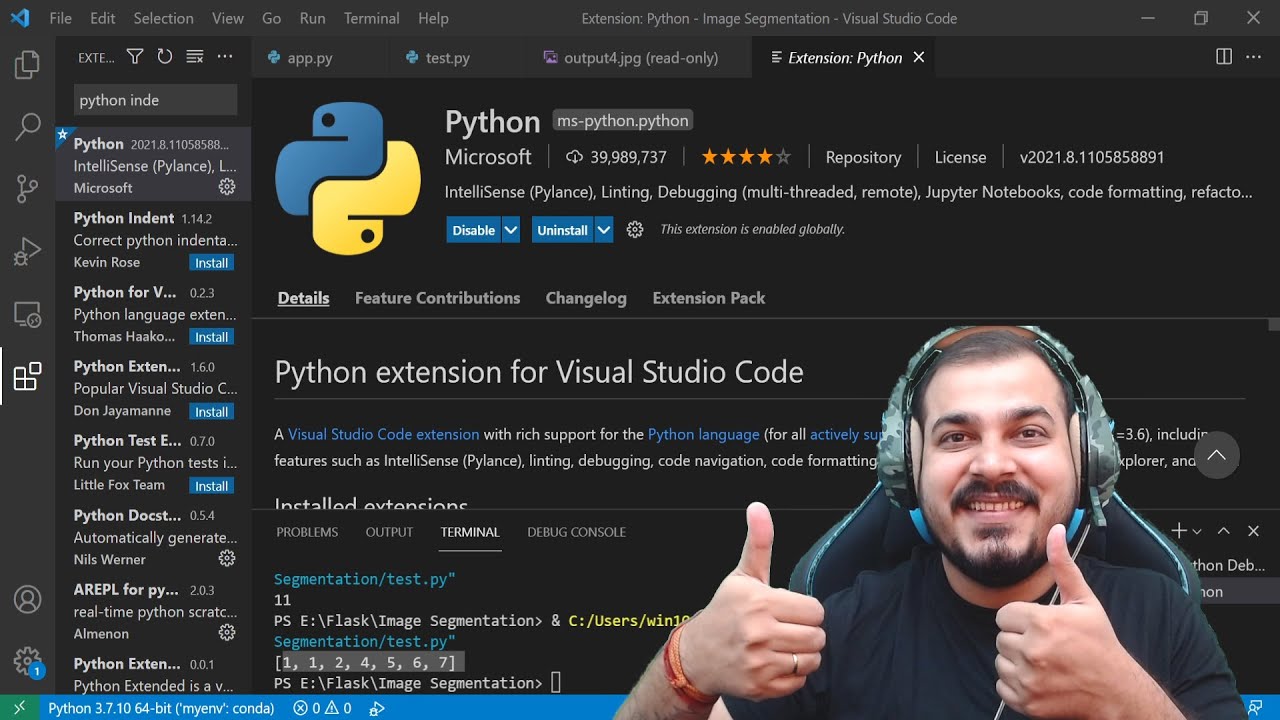
Extending and Embedding Python Using C: A Beginner’s Guide
Getting started with extending Python can be a daunting task, especially for beginners. The need to set up everything correctly can be overwhelming, and the existing documentation is not particularly helpful. However, with the right guidance, you can overcome the initial hurdles and make steady progress towards creating your own Python extensions.
Setting Up Your Development Environment
To get started, you’ll need a Linux-based development system. While it’s possible to develop extensions on Windows, Linux is generally easier to work with, and it’s worth starting with Linux even if your final target is Windows.
For this tutorial, we’ll be using Visual Studio Code (VS Code) as our development environment. VS Code is open-source, easy to use, and supports a range of languages, including C and Python.
Compiling a Simple C Program
Before we dive into creating a Python extension, let’s start by compiling a simple C program. This will ensure that our development environment is set up correctly.
 Compiling a simple C program with GCC
Compiling a simple C program with GCC
Creating a Python Extension
Now that we have our development environment set up, let’s create a simple Python extension. We’ll use the basic C/C++ VS Code extension to compile our test extension.
 Creating a Python extension with VS Code
Creating a Python extension with VS Code
Testing the Module
Once we’ve compiled our extension, we need to test it to ensure it’s working correctly. We’ll use a simple test program to verify that our extension is functioning as expected.
 Testing the Python extension
Testing the Python extension
Conclusion
Creating a Python extension can seem daunting at first, but by following these simple steps, you can overcome the initial hurdles and start developing your own extensions. Remember to start with Linux, even if your final target is Windows, and use VS Code as your development environment.
 Creating a Python extension with C
Creating a Python extension with C












